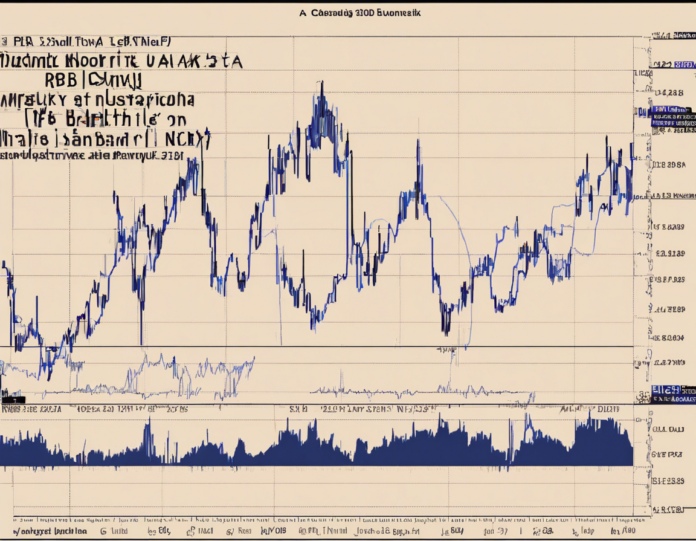Introduction
Analyzing share price trends is crucial for investors and traders to make informed decisions in the stock market. In this article, we will delve into the RBA (Reserve Bank of Australia) share price trends, exploring the factors influencing its movements and the tools and techniques used for analysis.
Understanding RBA
Before diving into the share price trends, let’s understand the role of the RBA. The Reserve Bank of Australia is the country’s central bank responsible for monetary policy, issuing currency, and maintaining financial stability. While the RBA itself is not listed on the stock exchange, its decisions impact the Australian economy and, consequently, the stock market.
Factors Influencing RBA Share Price Trends
Several factors can influence the share price trends of companies directly impacted by RBA’s policies and decisions. Here are some key factors:
1. Interest Rates: The RBA’s decisions on interest rates can have a significant impact on companies, especially financial institutions. Lower interest rates can boost economic activity, leading to higher stock prices, while higher rates may have the opposite effect.
2. Economic Indicators: Economic indicators such as GDP growth, inflation, and unemployment rates can influence the RBA’s decisions and, subsequently, the share prices of companies in various sectors.
3. Global Economic Conditions: Global economic conditions, including trade agreements, geopolitical events, and commodity prices, can affect the Australian economy and, by extension, the stock market.
4. RBA Announcements: Public statements, reports, and announcements by the RBA can cause movements in the stock market as investors react to new information and adjust their positions.
Tools and Techniques for Analyzing RBA Share Price Trends
1. Technical Analysis: Technical analysis involves studying historical price and volume data to identify trends and make predictions about future price movements. Common tools used in technical analysis include moving averages, support and resistance levels, and chart patterns.
2. Fundamental Analysis: Fundamental analysis involves evaluating the financial health and performance of a company to determine its intrinsic value. Factors such as revenue, earnings, growth potential, and industry trends are considered in this analysis.
3. Sentiment Analysis: Sentiment analysis involves gauging market sentiment through indicators such as investor surveys, social media trends, and news sentiment. Positive or negative sentiment can impact share prices.
4. Correlation Analysis: Correlation analysis involves assessing the relationship between RBA’s decisions or economic indicators and the share prices of specific companies or sectors. Understanding these correlations can help predict future trends.
5. Comparative Analysis: Comparative analysis involves comparing the share price trends of RBA-affected companies with their peers or benchmark indices to identify outperformers or underperformers.
Frequently Asked Questions (FAQs)
1. Can RBA decisions directly impact specific companies’ share prices?
Yes, RBA decisions such as interest rate changes can directly influence the share prices of companies in sectors like banking and finance.
2. How can I stay informed about RBA announcements?
You can stay informed by following financial news outlets, subscribing to RBA press releases, and monitoring economic calendars.
3. What should I consider when using technical analysis for RBA share prices?
When using technical analysis, consider using multiple indicators for confirmation and consider the broader economic context.
4. How can global economic conditions affect RBA share prices?
Global economic conditions can impact factors like trade and commodity prices, which can in turn influence the Australian economy and stock market.
5. What are some key indicators to watch for when analyzing RBA share prices?
Key indicators include interest rates, economic growth figures, unemployment rates, and inflation data.
In conclusion, analyzing RBA share price trends requires a comprehensive understanding of the factors at play, the tools and techniques for analysis, and staying informed about developments that may impact the market. By employing sound analytical methods and keeping track of relevant information, investors can make better-informed decisions in navigating the dynamics of the stock market.


